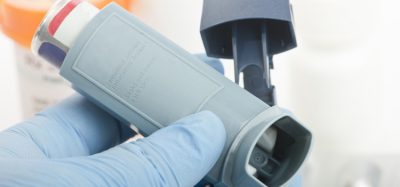Innovative analytical method for quality control of nanomedicines
The research on nanomedicines investigated the intrinsic radiothermal emission of nanodrugs using a novel method.
Researchers have highlighted a method with the potential to control the radiothermal emission of medicines and immunobiological preparations without opening the primary packaging. They stated that a new chemical–analytical method for remote monitoring of the quality of medicines was created.
As a result, the approach can control the quality of nanodrugs, also known as nanomedicines, based on the detection of their intrinsic radiothermal emissions.
The study investigated controlling the stability of biologically active nanoparticles. Virus-like particles and interferons (IFNs) finished dosage forms were selected for the study.
Study procedure and findings
The paper explained that the “dependence of radiothermal emission on temperature has a complex, non-monotonic nature”. The intensity of the emission is contingent on the dosage form. However, it “remains within the order of magnitude for IFN-α2b for intranasal aqueous solution, ointments, and suppositories”, they added.
The team recorded the millimetre emissions from finished dosage forms of interferons and virus-like particles contained in sealed packaging.
This research demonstrates the reproducibility of emissivity over a 12-month period, “subject to the storage conditions of the immunobiological products”, according to the authors.
“[A] clear dependence of the radio signal on the selected dosage form of the pharmaceuticals” the authors observed.
the method enabled the pharmaceuticals to be assessed “without opening the primary package at any stage of their ‘life’”
They reported the potential of differentiating pharmaceuticals with different shelf lives using their intrinsic radiothermal emissions (proper shelf life, expired (more than six months ago), and artificially aged pharmaceuticals)”.
Beneficially, the method enabled the pharmaceuticals to be assessed “without opening the primary package at any stage of their ‘life’”. This also opens opportunity for use in clinical trials to monitor their effectiveness, the authors continued.
The sensitivity of this method means that interferons in “various volumes of aliquots and virus-like particle vaccines with different concentrations” can be identified.
Overall, this approach is a valuable tool to use for laboratory quality control of pharmaceuticals, Petrov et al. summarised.
The paper was published in Pharmaceutics.










